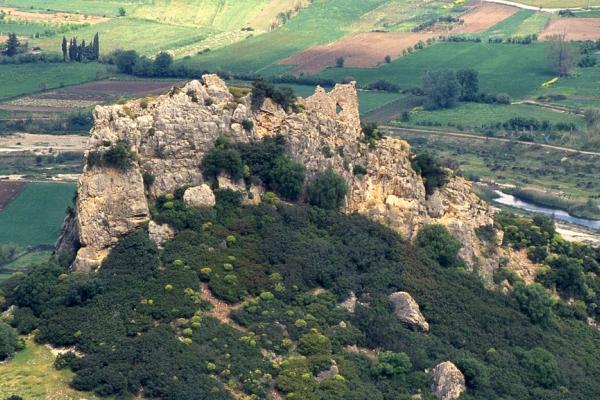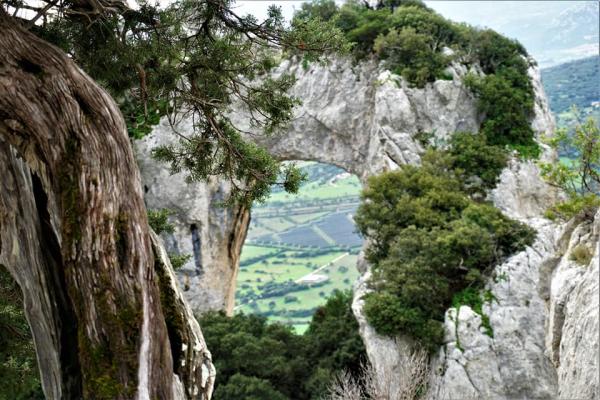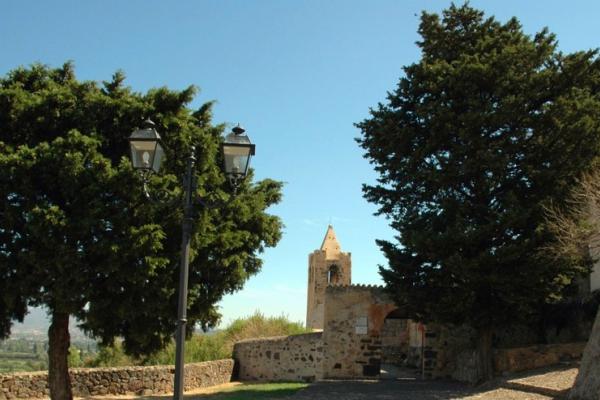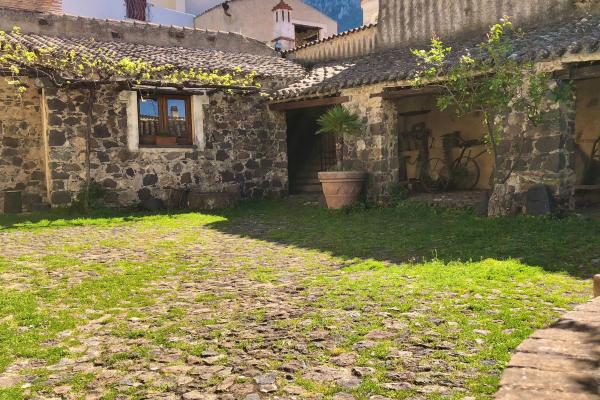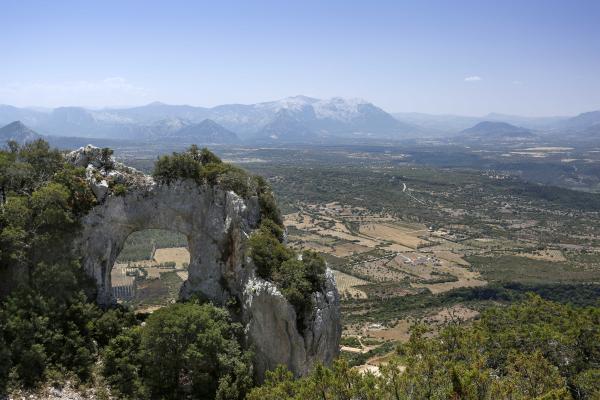Set in a natural amphitheatre that opens to the south, towards the plain of Orosei, Onifai lies between the Su Gollei plateau and the bank of the river Cedrino. Onifai is a town with just over 700 inhabitants. In the historic sub region of Baronia, it is famous for its food and wine, such as exquisite cheeses, prized honey and delicious cannonau and vernaccia wines. The production of olive oil from the ancient olive groves, traditional breads, pastas and desserts is also characteristic. One opportunity to savour these delicacies is during the summer market-show of Gusti e Sapori Onifaesi. The Villa di Onifai, built under the Aragonese (1409), belonged to the Guiso family of feudal lords of the barony of Orosei for four centuries. The first settlement was built near the Chiesetta di san Giorgio, dating back to the end of the 14th century and once a parish church. In mid-April, the much-loved celebration of the patron saint is celebrated. The current parish church of San Sebastiano, which was reopened in 1765 after reconstruction, presents Romanesque features with strength and sobriety.

Town
This charming agricultural-pastoral village in the historical region of Baronia in central-eastern Sardinia stands out thanks to its nature, traditions, archaeology and the local food and wine delicacies
This charming agricultural-pastoral village in the historical region of Baronia in central-eastern Sardinia stands out thanks to its nature, traditions, archaeology and the local food and wine delicacies
See this place because...
To be explored is a traditional village, famous for agricultural-food products from a territory dotted with granite hills, river landscapes and prehistoric remains
Pictures and videos
You may also like
More attractions in the vicinity





